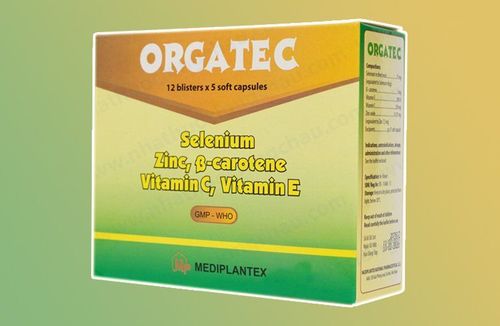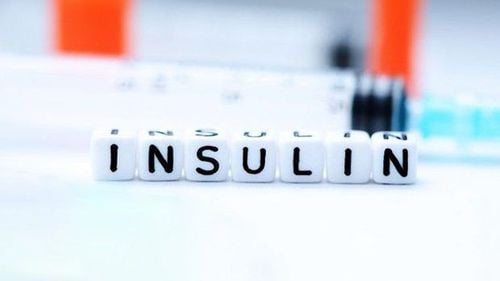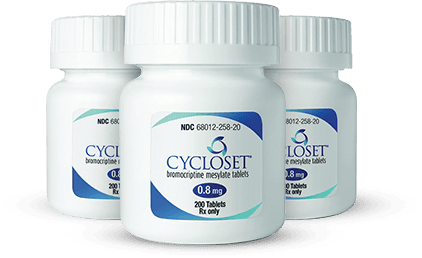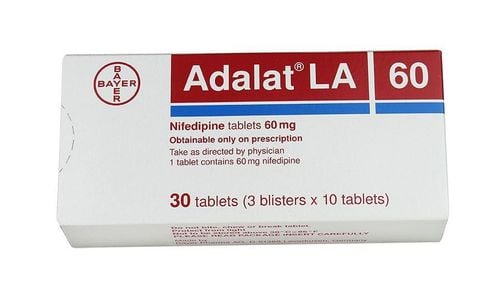This is an automatically translated article.
Micronutrients usually belong to the group of elements that make up a very small amount in the body. Although the body needs very little of these nutritional compounds, without them the body can not develop normally. Zinc also belongs to this group of substances, because zinc participates in many metabolic processes in the body and also participates in the formation and completion of the child's immune system. Zinc testing is considered a useful method to help evaluate the deficiency or excess of this compound in the body.
1. The role of zinc and the absorption of zinc in the body
Zinc is a mineral that is present everywhere in the cells of the body, in contrast to iron, zinc is contained in certain cellular components and contributes to many important functions of the body. The role of zinc in biology can be summarized into three main functions, which include catalytic, structural, and regulatory functions.
Zinc is absorbed in the small intestine by transport mediators. The amount of zinc absorbed is difficult to determine, because zinc is also secreted into the intestines. Furthermore, the amount of zinc in the body can affect its absorption itself. In cases of zinc deficiency, the absorption of the element zinc is increased, while in those with a high zinc diet, there may be a decrease in absorption of zinc.
Zinc is released from food in the form of free ions and is carried out during digestion. Released zinc ions can bind to secreted endogenous proteins before they are transported into enterocytes in the duodenum. Approximately 70% of circulating zinc is bound to albumins, and together with changes in blood albumin levels can affect serum zinc test results. Although the serum zinc content is only 0.1% of the total zinc in the body, this amount of zinc is considered to be the amount of circulating zinc that meets the needs of body tissues.
Regulation of zinc absorption and endogenous secretion is seen as the primary means of maintaining zinc homeostasis. The process of regulating only the absorption of zinc through the gastrointestinal tract and the endogenous excretion route will be carried out in parallel. Changes in endogenous excretion of zinc will occur more rapidly than intake - zinc absorption responds more slowly, but this process is able to cope with fluctuations in food weight zinc content eat in.
With low zinc content or prolonged intake of zinc may increase gastrointestinal changes. Gastrointestinal loss of zinc accounts for about half of the zinc excreted from the body. However, zinc content secreted through biliary and intestinal secretions can be reabsorbed - a process important in the regulation of zinc homeostasis.
Zinc is a coenzyme of many special enzymes necessary for the normal functioning of cells. Furthermore, zinc also plays an important role in cell-mediated immunity, bone formation, tissue development, brain function as well as fetal and child development. Zinc also plays a role in sperm maturation and motility.
Compared with adults, infants, children, or adolescents, pregnant women and lactating women have higher zinc requirements than the general population and are more likely to be deficient. zinc .

Xét nghiệm kẽm trong máu để xác định bé có bị thiếu kẽm không
2. Signs of zinc excess and deficiency
Usually zinc deficiency is often caused by a diet that does not provide enough nutrients. However, zinc can also be deficient due to malabsorption or chronic diseases such as diabetes, or malignancies such as cancer or liver-related diseases or sickle cell disease.
Signs that can be recognized zinc deficiency in the body include: Loss of appetite, the appearance of symptoms of anemia such as blue skin, pale mucous membranes, headache, dizziness ..., the ability to recover slow wound healing, skin with an acne condition such as acne or eczema, often feeling tired, depressed, mood swings, possible signs of depression, signs associated with diarrhea , hair loss a lot...
3. Zinc blood test
Zinc test or zinc quantitative test aims to quantify zinc levels in the blood, to help assess the risks related to zinc deficiency and excess in the body.
Children's serum levels are divided into different ages:
Children under 4 months of age have zinc levels of 8.9-46 μg/dL or 1.4-7.2 μmol/L. Children aged 4 to 6 months have a zinc content of 25-108 μg/dL or 4-17 μmol/L. Children aged 7 to 12 months have a zinc content of 51-133 μg/dL or 8-21 μmol/L. For children aged 1 to 5 years, zinc levels are 83-152 μg/dL or 13-24 μmol/L. For children aged 6 to 9 years, zinc levels were 83-133 μg/dL or 13-21 μmol/L For children aged 10 to 13 years, zinc levels were 83-121 μg/dL or 13-19 μmol/L. Body serum zinc concentrations can fluctuate by as much as 20% over a 24-hour period, and much of this variation is influenced by dietary nutrient supplementation. After a meal, an increase in zinc levels will appear immediately and then the zinc concentration will gradually decrease over the next 4 hours and this concentration may increase when we eat again. Therefore, the zinc content in this may be highest in the morning. However, changes in serum zinc concentrations in fasted subjects were also reduced from morning to mid-afternoon and may then begin to increase again the following morning.
Furthermore, serum zinc levels may be reduced during acute infection or inflammation. At that time, it is possible to transport zinc from the blood plasma to the body to meet the role of anti-inflammatory in the body. Cytokines released during the acute inflammatory response activate the synthesis of metallothionein, an intracellular metal-binding protein, and help regulate zinc absorption in the liver.
Or conditions associated with myocardial infarction may also reduce serum zinc levels. Because zinc is then transported in the plasma by binding mainly to albumin, diseases such as cirrhosis and protein-energy malnutrition can lead to hypoglycemia and cause serum zinc levels. was lowered. In addition, conditions that lead to intracellular or extracellular hemolysis of blood cells can also affect serum zinc test results because the intracellular zinc concentration is significantly higher than that in plasma. bar.
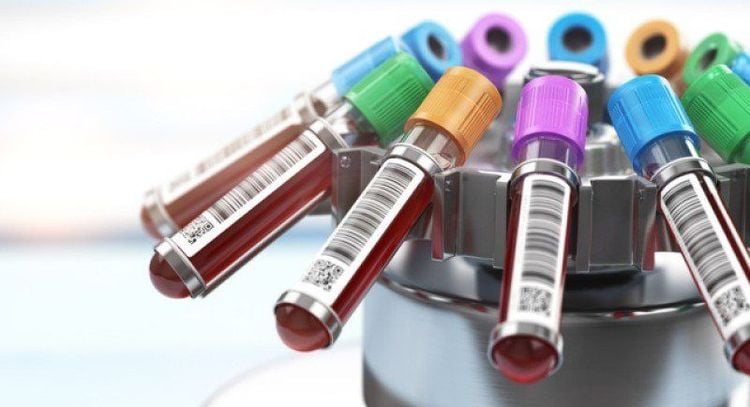
Xét nghiệm kẽm trong máu giúp đánh giá về các nguy cơ liên quan đến thiếu và thừa kẽm
4. Some measures to prevent zinc deficiency in children
The body does not produce zinc on its own, but it needs to be provided with this nutrient from food or supplements to help the muscles meet the body's needs. The best food sources of zinc include: beans, animal meat, nuts, fish, seafood, whole grains or dairy products... Vegetarians can need 50% more zinc than the recommended amount of zinc, because these people mainly use foods of plant origin, so the zinc content as well as the ability to absorb zinc from foods This is lower.
Zinc supplements in tablet or capsule form are also recommended. However, for men and women over the age of 18, the recommended supplement dosage is about 40 mg.
Children need to be supplemented with zinc daily depending on their age to eat well, reach the correct height and weight and exceed the standard. Zinc plays a role in affecting most biological processes taking place in the body, especially the breakdown of nucleic acids, proteins... Organs in the body when zinc deficiency can lead to a There are a number of diseases such as neurological disorders, irritability, etc. Therefore, parents need to learn about the role of zinc and guide them to appropriate zinc supplements for their children.
In addition to zinc, parents also need to supplement their children with other important vitamins and minerals such as lysine, chromium, B vitamins,... errands.
Please regularly visit Vinmec.com website and update useful information to take care of your baby and family.




